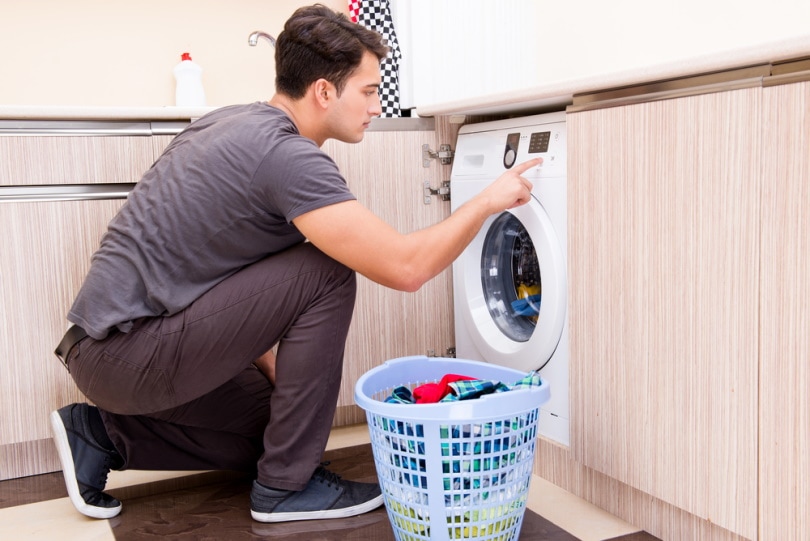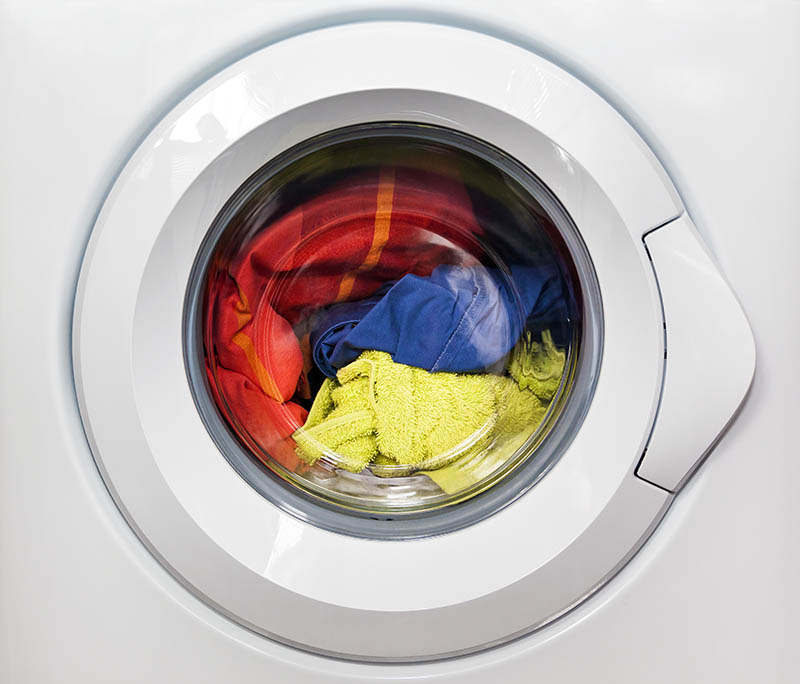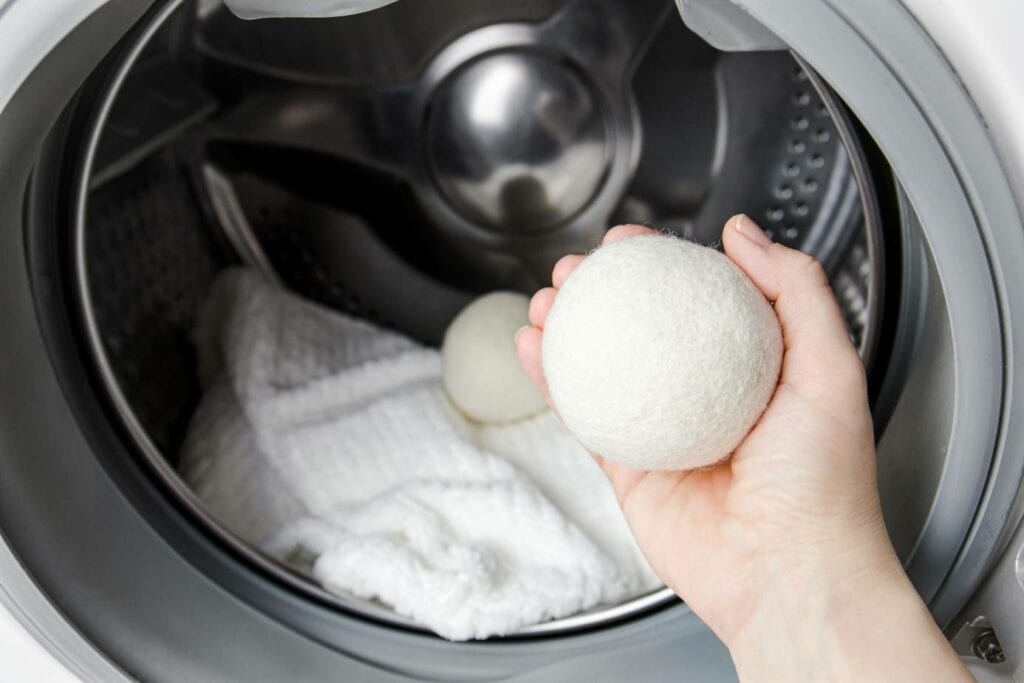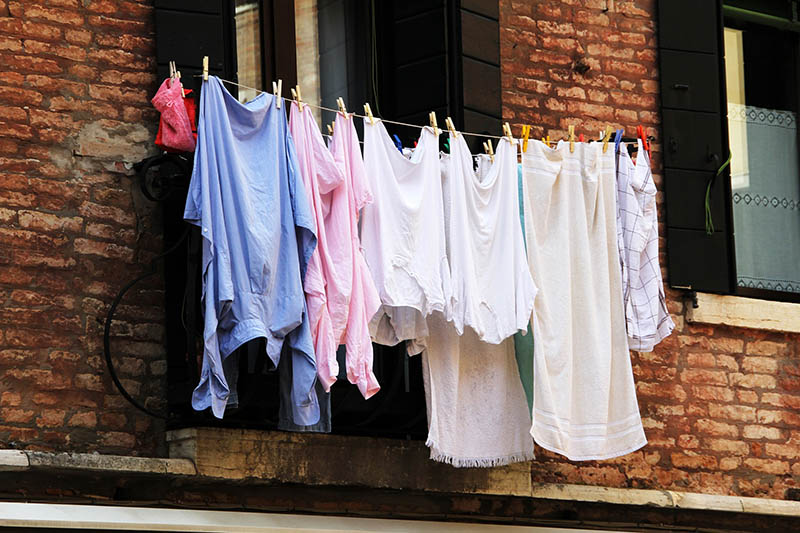When Is The Best Time to Do Laundry to Save Energy? 7 Energy-Saving Tips
-
Pete Ortiz
- Last updated:

Laundry is part of our daily or weekly cleaning routines as it has always been from medieval times. In 19th century Britain, Mondays were reserved for big weekly washes.
While it would be perfectly fine to do laundry at any time of the day, you must pay for energy bills. On average, one person does 1 to 5 laundry loads per week which are equal to between $2.54 and $6.35 (the average cost of a laundry load).1 However, there are times when you will spend less on energy bills. It depends on the location and time of the year. Generally, avoid running the washer or dryer during peak hours since the cost per unit of electricity is charged highly
When Is The Cheapest Time to Do Laundry?
Peak demand on the electrical grid is when power consumption is higher than the average. Its fluctuations are dictated by time, seasons, demographic factors, and geographical location.
In the USA, peak demand hours are between 4 pm and 9 pm and 4 am and 9 am. So avoid doing laundry during these hours. Instead, do it in the late morning, early afternoon, and midnight hours.
After considering seasons and the time of the day, here are three instances to help you better understand peak hours.
- In summer, most homeowners turn on the HVAC systems to cool their homes. This happens from 10 am to 4 pm when temperatures are at their highest point. These are peak hours, and energy costs are high. To save energy bills, do laundry at night or in the morning.
- During the fall, homeowners use electricity to warm up their homes. Energy bills skyrocket from 5 pm to 11 pm when most of them are settling in for the evening and require warmth. Also, energy bills will climb between 4 am and 9 am when they are waking up and preparing for work. Wash clothes during the day when temperatures are warmer, and there is little need for HVAC in Florida, California, and Texas, where the climate is mild. In Montana, Washington, and Seattle, winters are brutal, and HVAC systems run perpetually in most cases. Here you will have to look for other means of saving energy, such as washing full loads and using cold water.
- Do laundry from 9 am to 4 pm on a normal working day since most people are out of their homes and energy use is at its lowest. But, if you are on the same grid as a large business center or industry, 9 am to 4 pm are peak hours because this is the time when activities are at full throttle.
The 7 Laundry Energy-Saving Tips to Use at Home
1. Wash Full Loads
Washers and dryers use the same amount of energy when cleaning your clothes, irrespective of the quantity loaded into the machine. When you load your clothes in small batches, the cumulative amount of energy consumed goes up. Energy will also be wasted because the washer is not operating to capacity.
A full load ensures that the washer is used to capacity and will take you only fewer rounds to do laundry, thereby saving energy. Therefore, consider full loads each time you think of laundering.
2. Switch to Cold Water

Doing laundry with warm water consumes a lot of energy. The cold water has to be heated up before being used to clean clothes, and this may cost up to 2 cents a gallon.2
Save energy by using cold water and detergent, which is as effective as warm water.
3. Use Energy Star-Rated Laundry Machines
Another great way of saving energy during laundering is by using energy star-rated appliances. In most cases, the energy star is usually right after the logo. It is presented as an uppercase R inside a circle after meeting strict standards set by the US Department of Energy.
Machines with the energy star use about 25% and 33% less energy and water, respectively, compared to those that do not have the rating.
4. Increase the Spin Speed

To avoid taking a lot of time when drying your clothes, consider increasing the speed of your spinner.
A spinner dries clothes using centrifugal force, which requires less energy than the dryer’s heat.
5. Get a Dryer With Energy-Saving Features
Did you know that dryers consume more energy compared to washers? To up your cost-saving game, purchase a dryer with energy-saving saving features.
One of these features is the cool-down cycle. This feature enables the dryer to dry your clothes with the heat that was built up during the drying process.
Another energy-saving feature is the moisture sensor. Water, being a good conductor of electricity, completes the circuit in the moisture sensor, sending a signal to the machine to continue running.
As clothes dry up, water evaporates, and the moisture sensor stops the dryer when the circuit is not completed for some time.
6. Use Dryer Balls

Dryer balls are small spherical laundry devices that not only reduce static energy produced by clothes as they rub against each other but also improve the dryer’s efficiency. They act as a moving buffer that prevents wet clothes from coalescing in the dryer, increasing airflow and drying time. Some balls made of wool may absorb moisture, too.
7. Clean the Washer and Dryer Frequently
Washers and dryers often accumulate scum which reduces their efficiency. Regularly cleaning them increases their efficiency and reduces energy bills.
8. Air drying

Air-drying is the practice of hanging clothes out in the open air to dry from the sun’s heat or wind. Besides saving energy bills, air drying keeps clothes fresh and increases their lifespan.
9. Dry Similar Clothes Together
When drying your clothes, load them into the dryer based on the similarity. Heavy clothes like cotton hoodies should be separated from light clothes like shirts. Similar clothes dry faster and evenly.
Final Thoughts
The best time to save energy while doing laundry is in the early afternoons and late evenings. At this time, the energy demand is at its lowest, and so is the cost per unit. Avoid laundering in the morning between 4 am and 9 am and in the evening from 4 pm to 11 pm. These are peak hours, and you will spend more.
You may also save energy by buying energy-star-rated tumble dryers and washers, machines with energy-saving features, and air-drying clothes.
Featured Image Credit: Elnur, Shutterstock
Contents



